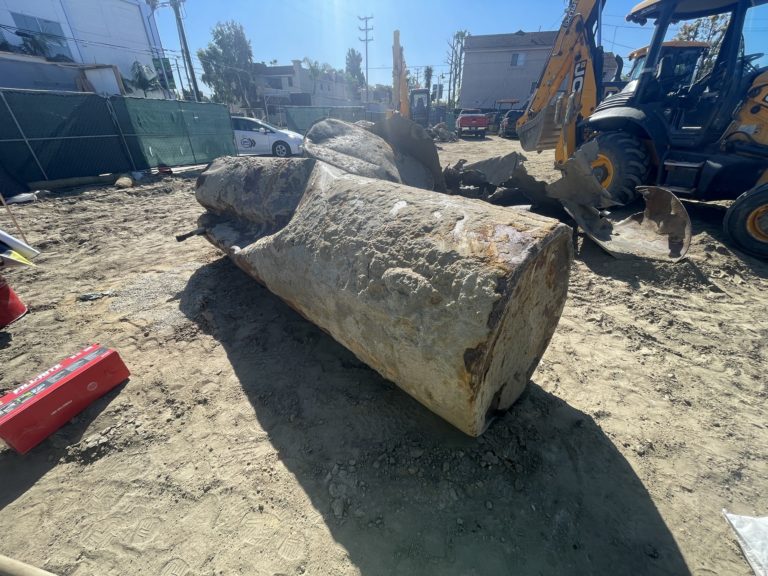Natural Gas
Natural Gas: In geology, natural gas means combustible hydrocarbon gas that forms by natural geological or biological processes. To illustrate, natural gas that forms by geological processes is the thermal decomposition of buried organic materials. Whereas natural gas that forms via biological processes entail the microbial decomposition of buried organic material. Natural gas generated by thermal decomposition is referred to as “petrogenic gas.” And natural gas formed by microbial decomposition is called “biogenic gas.”
Composition of Natural Gas
By volume, methane (CH4) is the predominant compound of natural gas. Other components include smaller volumes of nitrogen (N), ethane (C2H6), carbon dioxide (CO2), hydrogen (H), oxygen (O), and other sulfides.



